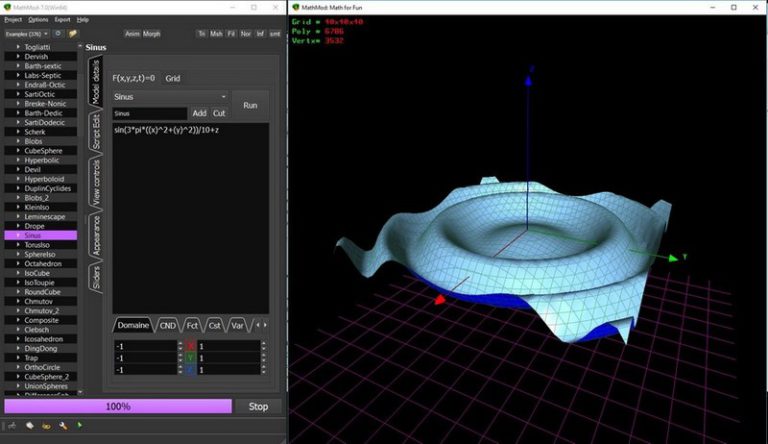

He received his PhD degree in Electrical and Computer Engineering from the. Toosi University, Iran, in 19, respectively. MATHMOD 2018 Program Friday FebruKeyword Index Last updated on February 28, 2018. He received his BSc and MSc degrees in Electrical Engineering from Ferdowsi University and K.N. Further, given the trend of gathering massive data of a system of interest we highlight the analogy of DoE for systems identification and big data analysis. Mahdi Tavakoli is a Professor in the Department of Electrical and Computer Engineering, University of Alberta, Canada.

We would like to discuss, whether further methodologies in the direction of model-based design are still needed, and if yes, to what extent. This includes on the one hand methods for discrimination of competing structures but also methods for parameter estimation. Given a specific model class, a plethora of many different methodologies to optimally identify a specific model class structure have been developed since the mid of 20th century. During the model development phase, scientists have to cope with numerous challenges, e.g., limited knowledge about the underlying mechanisms, lack or exorbitance of dynamic or static experimental data, large experimental and process variability. However, this approach requires realistic, predictive mathematical models. (you can however set a desired number of threads from mathmodconfig.The use of mathematical models for analysing complex processes is a powerful tool to gain a deep system understanding.
Automatic detection and allocation of the right number of threads supported by the hardware. Added five new integrated scripts (356 in total)). Added text information window to give the user an indication of the progress of an operation(threads number, processing time.). With large and unstructured (ie: without any function definition) mathematical formulas. MathMod-9.0 is now 1.5 to 10 times faster than previous releases, especially for scripts Scripts calculations enhancement for parametric and implicit surfaces. Add: possibility to show/hide a selected component, two new scripts ("Groupings of Knots", "Knotted Möbius strips") and OpenGL diffuse/ambient lights setting. Complete rewrite of MathMod's OpenGL viewer in order to make it OpenGl ES compatible: MathMod can now run (or easily adaptable to run) on mobile systems and platforms with limited resources (See MathMod running on a RaspberryPi with RaspberryPi-OS(32 Bit) : ). This release brings the most exciting development since the support of calculations on multi-core processor: MathMod compatibility with OpenGL ES! MathMod can now take full advantage of both modern CPU and GPU et will support embedded and mobile systems (consoles, phones.) Bug-fixes, code optimization and documentation update.įor a complete list of changes made during the course of development:. Or the GUI("Appearance"->"OpenGL Front Surface Support") K3DSurf supports Parametric equations and Isosurfaces. The activation of this patch is available from mathmodconfig.js ("OpenGlConfig"->"GL_FrontFacingSupport"=false) K3DSurf (now MathMod) is a program to visualize and manipulate Mathematical models in three, four, five and six dimensions. 
Added a software implementation for the OpenGL variable gl_FrontFacing (fixed an issue with GPU drivers on MacOSX Catalina). Texture definitions (RGB and HSV) for parametric surfaces can now be expressed as functions of complex numbers Sci.) Solutions to aggregation-diffusion equations with nonlinear mobility constructed via a deterministic. Added support for HSV (hue, saturation, lightness) coloring model (script: "Complex_Domain_Coloring"). Support of graphing functions with complex numbers Z=u+iv in 3D and 4D spaces (demo scripts: "Complex3D_xx" and "Complex4D_Saddle").







 0 kommentar(er)
0 kommentar(er)
